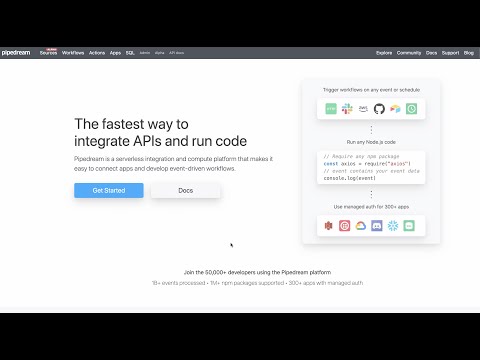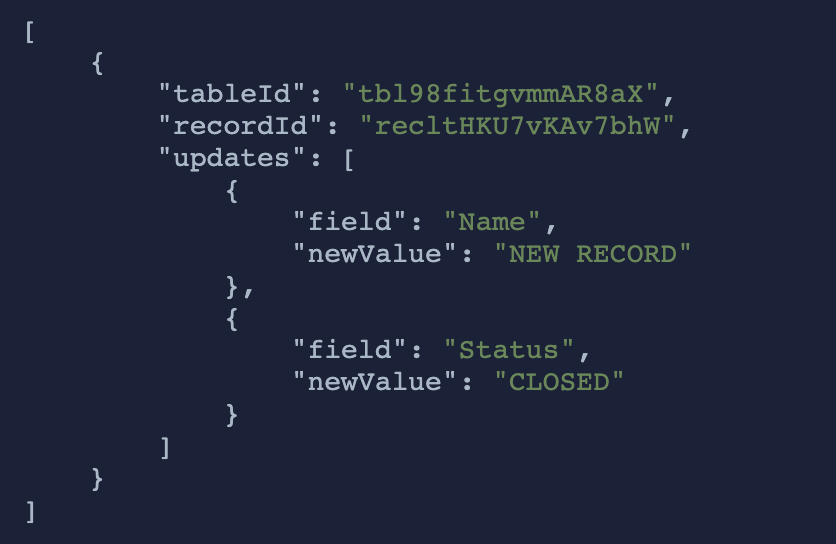What do you want to automate
with Perplexity and Slack?
Prompt, edit and deploy AI agents that connect to Perplexity, Slack and 2,800+ other apps in seconds.
Trusted by 1,000,000+ developers from startups to Fortune 500 companies
Popular Ways to Connect Perplexity with Slack#
Popular Perplexity and Slack Triggers#
Emit new event when a new message is posted to one or more channels
Emit new event when a message was posted in a direct message channel
Emit new events on new Slack interactivity events sourced from Block Kit interactive elements, Slash commands, or Shortcuts
Emit new event when a specific keyword is mentioned in a channel
Popular Perplexity and Slack Actions#
Generates a model's response for the given chat conversation. See the documentation
Generates a model's response for the given chat conversation with multi-message support and Perplexity search controls. Docs: https://docs.perplexity.ai/api-reference/chat-completions-post
Send a message to a public or private channel. See the documentation
Send a message to a user, group, private channel or public channel. See the documentation
Configure custom blocks and send to a channel, group, or user. See the documentation
Overview of Perplexity#
The Perplexity API offers advanced natural language processing capabilities, enabling users to generate answers, summaries, and insights from texts. Leveraging this API on Pipedream allows for the automation of content analysis, intelligent alert systems, and dynamic data enrichment, integrating seamlessly with various data sources and services for real-time processing.
Connect Perplexity#
import { axios } from "@pipedream/platform"
export default defineComponent({
props: {
perplexity: {
type: "app",
app: "perplexity",
}
},
async run({steps, $}) {
const data = {
"model": "mistral-7b-instruct",
"messages": [
{
"role": "system",
"content": "Be precise and concise."
},
{
"role": "user",
"content": "Can you tell me about the integration platform called Pipedream?"
}
]
}
return await axios($, {
method: "post",
url: `https://api.perplexity.ai/chat/completions`,
headers: {
Authorization: `Bearer ${this.perplexity.$auth.api_key}`,
"accept": `application/json`,
},
data,
})
},
})
Overview of Slack#
The Pipedream app for Slack enables you to build event-driven workflows that interact with the Slack API. Once you authorize the app's access to your workspace, you can use Pipedream workflows to perform common Slack actions or write your own code against the Slack API.
The Pipedream app for Slack is not a typical app. You don't interact with it directly as a bot, and it doesn't add custom functionality to your workspace out of the box. It makes it easier to automate anything you'd typically use the Slack API for, using Pipedream workflows.
- Automate posting updates to your team channels
- Create a bot to answer common questions
- Integrate with your existing tools and services
- And much more!
Connect Slack#
import { axios } from "@pipedream/platform"
export default defineComponent({
props: {
slack: {
type: "app",
app: "slack",
}
},
async run({steps, $}) {
return await axios($, {
url: `https://slack.com/api/users.profile.get`,
headers: {
Authorization: `Bearer ${this.slack.$auth.oauth_access_token}`,
},
})
},
})
Related Videos#


Community Posts#
